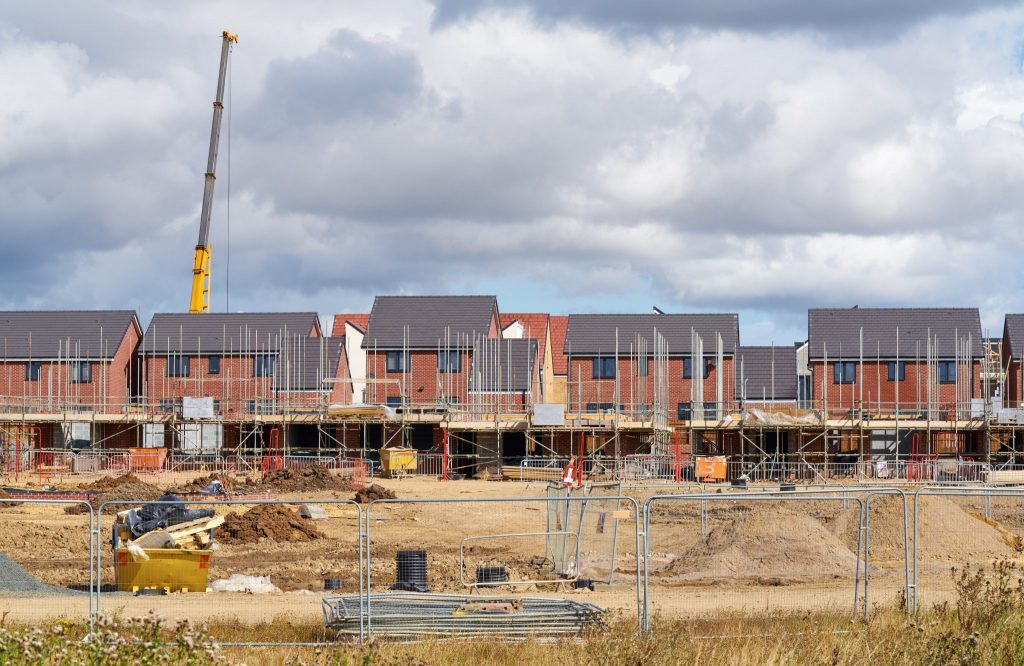
The UK government’s latest attempt to spur the nation’s housebuilders into action, published this summer – the National Planning Policy Framework – argues that planners should ‘support opportunities to use the airspace above existing residential and commercial premises for new homes’.
This move is designed to make better use of urban space, with planners less keen on large underground extensions and rising pressure to conserve green belt land, in opposition to government indications that it will relax planning restrictions.
While the Campaign to Protect Rural England (CPRE) is concerned about loss of green areas, it points out that there is scope for building up to 720,000 homes on rural brownfield sites, and supports the idea that upwards extensions can form part of the solution to the housing crisis.
Many existing landlords and major retailers have already realised the potential for building upwards: both Sainsbury’s and Tesco have developed plans to build residential apartments on top of their stores. Companies like Airspace, which develops upward extensions, are attracting interest from local authorities and private clients. Apartments can be pre-constructed off site and lifted into position, saving money and lessening disruption.
If there is a choice between digging up areas of natural beauty, laying concrete across playing fields or tearing down forests to make way for housing – and allowing developers to add a couple of storeys to city homes, then there are good reasons to go for the second option.







